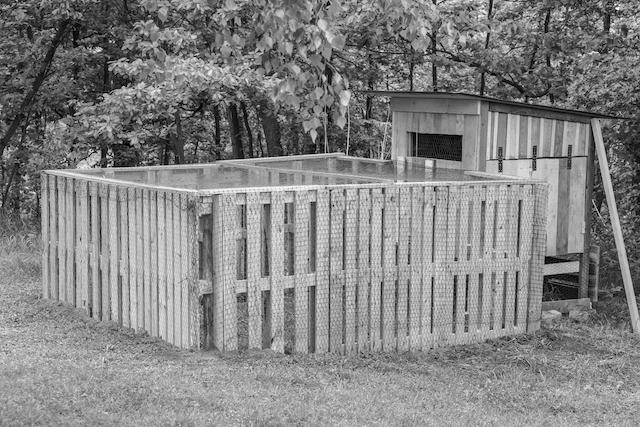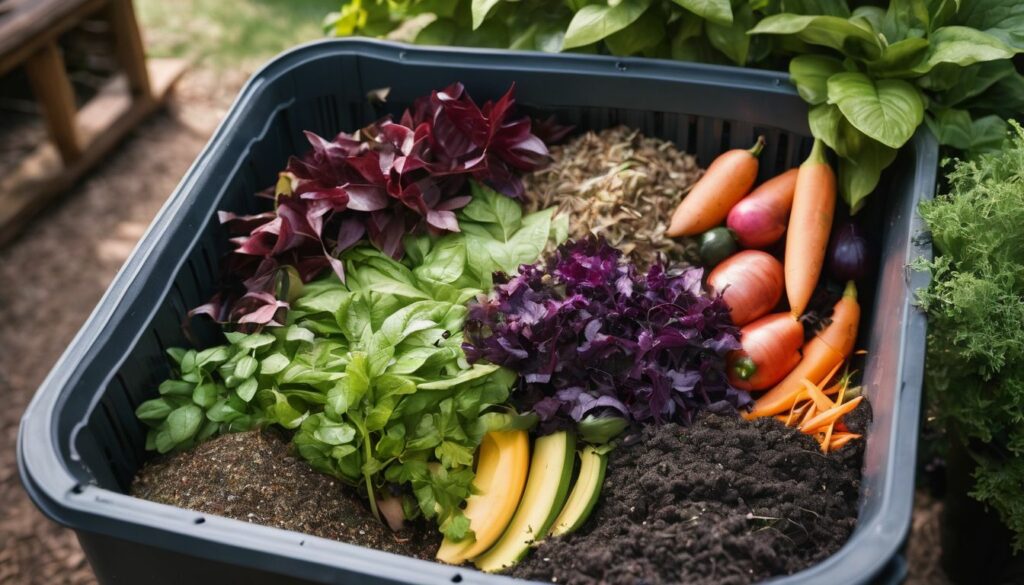Inexpensive chicken coops can be built using simple materials, such as PVC or a wooden floor. The materials used to build them can be purchased at Home Depot. Old playhouses and wood are also a great option. For an even cheaper chicken house, you can construct it yourself, and use items from your garage. You can even make it yourself if you have an extra couple of hours to spare.
Home Depot
When building a chicken coop, you can reduce the cost by using reclaimed wood or pallets. The most expensive component is the metal fabric. Wood that has been coated with chemicals should be avoided. If you need to purchase lumber, you can look for it at local construction sites. You can also check out lumber stores for used lumber that may have some imperfections. This will cut down the cost even more, and you’ll be doing your part for the environment.
Once you’ve chosen your materials, the next step is to make sure you’ve got the space to keep your chickens safe. Most chickens are happy to lay eggs once every one to two days. If you live in a colder climate, you may want to consider getting electricity to light their coop. A low-wattage bulb will help the day last longer during the winter, keeping egg production figures consistent.
Building a chicken coop is not difficult if you know how to follow a plan. You can even build a large, durable chicken coop with inexpensive materials, if you don’t mind building a large structure. Don’t forget to consider the dogs around the site, as well! Once you have a sturdy coop, it’s time to start caring for your new flock!
PVC
To build a basic, inexpensive chicken coop, you can use PVC pipe and connectors. PVC is a flexible and strong material, which makes it an excellent choice for chicken houses. Its versatile properties make it easy to construct different shapes and sizes, and there is no need for any special skills or tools. Moreover, you can assemble the coop yourself because the PVC pipe is cheap and easily available.
Start by making sure you have the proper size of the coop. The length of the coop should be around 59 inches. You can also make use of the elbow connectors to reinforce the entire construction. Use a tape measure and add extra straight connectors to the top section. Lastly, secure the roof frame with a long piece of PVC pipe by using a cable tie. This will secure the entire coop.
After purchasing all the needed materials, you can build your chicken coop. Make sure you have a sturdy frame to support the roof and other parts. PVC pipes also help provide greater stability to the structure. Once you have a sturdy foundation, you can add optional features such as a second door or a nesting box for your chickens. A nesting box also helps collect eggs easier. A perch can also be helpful for your chickens to keep an eye on predators. Lastly, a chicken perch is an excellent feature because it lets them see predators and demonstrate their dominance.
Old play house
A cheap and easy way to create a chick coop is to upcycle an old kids’ playhouse. The old playhouse may already have a monogram. Simply attach a small chicken sticker to it to give it some personality. A true whitewash (hydrated lime, water, and sometimes salt) will seal the wood and prevent insects and bacterial growth. A chicken coop made from an old playhouse will cost you a fraction of the cost of a brand-new coop.
You can find spray paints designed for plastics at Krylon or Rustoleon. When painting the plastic chicken coop, make sure to paint it outside. After painting, wait a few hours or overnight to allow it to dry completely. Then, set it up and enjoy your new chick home! There are many benefits to this simple process. You can even have a beautiful chicken coop that is functional and beautiful!
You can even save money by building a pallet chicken coop. Pallets are inexpensive, and Judy says she saved over $1,000 on lumber by using them. Although this method requires disassembling the pallets before building, it does improve the results. She recommends using a plan that uses the Pallet Palace method. The only extra step is disassembling the pallets. You’ll also need a stick to hold open the middle window of the playhouse.
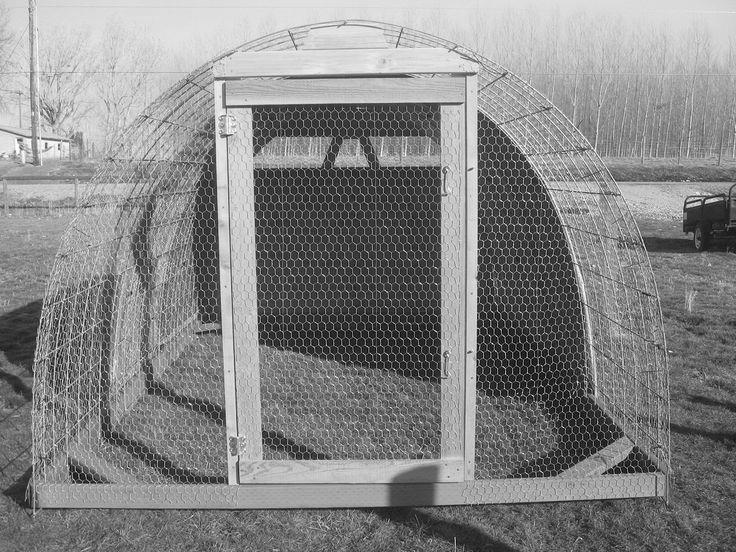
Wooden floor
There are many advantages to a wood floor for a chicken coop. These floors can be water-proof and skid-proof. Adding rubber mats to your floor can help keep your plywood safe from dents and scratches. The downside is that these mats can be expensive and are not readily available in every size. If you are concerned about the cost of a rubber floor, however, you can piece together several different mats and create a custom floor for your chicken coop.
Another benefit of a wood floor is that it’s inexpensive. Wood is one of the most common types of flooring material, which makes it easy to incorporate into your homemade chicken coop design. It’s also easy to clean. It can be easily removed for cleaning and adds padding to the floor, which will keep your chickens warmer. Another advantage of a rubber floor is that it’s made from natural materials that won’t rip or be damaged by your chickens.
Wooden floors are the least expensive option for chicken coops, but they can be slippery. You can cover it with bedding, nail it down, or staple it down. While some people worry about toxic glue fumes in their coop, adequate ventilation will keep them safe. Wood floors can also help keep the birds cool during the summer. They can also make coops more attractive. However, a wood floor isn’t for everyone.
Nesting boxes
If you’re looking for a way to keep your hens without spending a fortune, you might want to learn how to make an inexpensive chicken coop. There are a number of important things to keep in mind when building your coop. Here are a few tips to make the process as painless as possible. Before starting, choose the materials that will keep your hens comfortable and safe. Avoid complicated designs or materials that will end up weighing your hens down.
The first step in constructing your chicken coop is to find a suitable site. It should be dry, sheltered, and level. The site should also offer some shade. If possible, you should also consider the needs of your neighbors. Generally, you can save up to $300 to $400 by using recycled materials. Consider using pallets or reclaimed wood, and avoid purchasing wood that has been treated with chemicals.
You can purchase plywood panels at home improvement stores and lumber yards and cut them to the dimensions of your coop. Once you’ve completed the frame, secure plywood panels to it. Make sure the panels are flush along all edges. You should also use hardware mesh to prevent heatstroke and predators from causing damage. When wintertime arrives, you can close the coop and keep your hens warm. A few weeks later, you’ll have an adorable, inexpensive coop.
Roosting bars
Whether you’re looking to save money on building a chicken coop, or simply want to add a more decorative touch to your existing one, the roosting bars are an important part of your coop design. They serve the dual purpose of providing a roosting platform and also provide a perch for your chickens. They can be made from anything from your backyard to lumber.
First, determine the size of your flock. Most chickens prefer to perch close together for warmth and stability. Consequently, you should build roosting bars large enough for your hens. Using multiple bars in one coop will help reduce soiling. If you plan to have more than one bar, you can stagger them vertically. Once you’ve determined the size of your flock, you can begin building your coop.
Another way to cut down on your chicken coop’s cost is by reusing other items. A clothes horse can double as a roosting bar, which will make cleaning the henhouse easier. If you have multiple breeds of chickens, consider using ladder-style roosting bars. Although not all breeds can fly, you’ll still want to consider the size and shape of your chickens before buying them.
Feeder and waterer
A chick waterer and feeder are essential parts of a chicken coop. It will be the most important part of the coop, since your chickens will spend a lot of time at it. You should purchase them separately or in a set. Whether you purchase them separately or as a set, you should be able to provide them with both fresh water and clean drinking water. This will save you the trouble of carrying water to and from the coop every day.
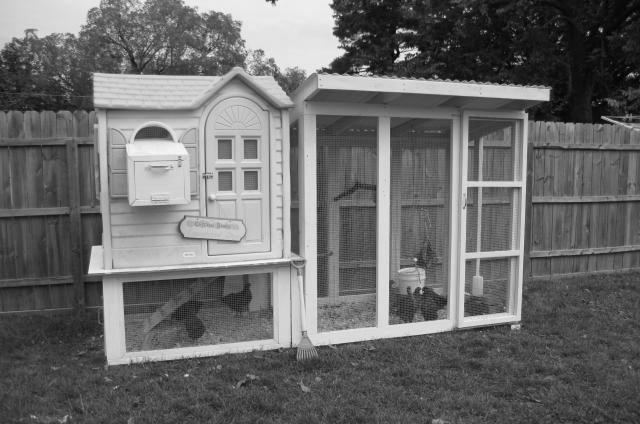
If you’re looking for an affordable chicken coop, consider purchasing a rent-a-coop waterer. This waterer comes with four dispensers, making it easy for multiple hens to drink from it at once. The Rent-a-Coop waterer is easy to install, but you will need to fill and clean it regularly. One disadvantage of the Rent-A-Coop waterer is that it doesn’t come with a roost cone, so you’ll need to build a separate one for that. However, you should note that this waterer is made from BPA-free, food grade plastic, and does not come with a UV-protected cover.
A DIY chicken feeder can be constructed from a large plastic box. PVC plumbing joints are used to attach it to the bottom. A transparent plastic bucket makes it easy to refill. Chickens are notoriously wasteful eaters, and a no-waste feeder will help keep food from getting on the ground. Adding a water bottle in a separate section will keep the feed fresh for your chickens.
If you are wondering how to use hydrated lime in a chicken coop, you are not alone. The majority of chicken owners are confused about the use of this garden fertilizer. You may have heard that lime is effective in reducing the numbers of ants and mites, but are unsure of how to use it on a chicken coop. Here are some tips for using lime.
Agricultural lime
Agricultural lime is a soil amendment that can neutralize foul odors in chicken coops. It can be sprinkled manually or using a small scoop. Use gloves and a protective covering when handling lime, and cover the areas with regular bedding. Sprinkle the lime on the floor of the chicken coop at least once per week, especially in areas where manure accumulates. Afterwards, let the chickens back into the coop and cover the floor with more bedding.
Garden lime, or agricultural limestone, is an essential part of chicken coop construction. It controls moisture and odors by neutralizing the pH level of soil. However, it should not replace regular coop cleaning. When applying lime, you should cover it with bedding to minimize odors and prevent it from spreading. Lime is made from crushed limestone and chalk, and should be thoroughly mixed with bedding. For best results, seek the advice of a veterinarian.
Agricultural lime is a common additive in backyard gardening, but there are some important guidelines to follow when applying it. The compound contains caustic acid, which kills pathogens and organic matter. But the chemical can also burn bird footpads, causing severe burns on the mucous membranes and eyes. To protect yourself and the poultry, use personal protective equipment. If you are not sure whether lime is right for your chicken coop, follow these instructions carefully.
Garden lime is an excellent soil amendment for chicken coops. It has several benefits, including deodorizing and limiting the growth of bacteria. However, it is important to note that too much of this substance can be toxic to chickens, so be conservative when applying it. You can also apply it to the bottom layer of the coop’s water pans. As an added bonus, garden lime is effective against spiders and termites.
Using hydrated lime in a chicken coop
Using hydrated lime in a chicken’s coop is a great way to keep the coop smell and moisture levels low. This product is made from calcium hydroxide, not dolomitic or garden lime. You can also make sure to clean the coop regularly with diluted bleach and water. Despite its low toxicity, lime is highly caustic and may poison chickens. If you want to get the most bang for your buck, make sure that the bedding is clean and free of dust.
Agricultural lime, or garden lime, is made from crushed limestone. It neutralizes the pH levels of soil and helps eliminate odors and bacteria in the area. Chicken poop is one of the main causes of acidic soil, which can lead to a variety of problems, including plant diseases and fungus infections. Using lime on your soil can improve the pH level and improve grass and plant growth.
When using garden lime to whiten your chicken coop, you should only use it sparingly. Apply it to the bottom layer of the chicken run. Depending on the type of coop, you can use gravel, dirt, or sand. In addition to making the coop look cleaner, garden lime can also keep spiders and termites away. As long as you follow the directions carefully, lime is an excellent way to make a chicken coop look new!
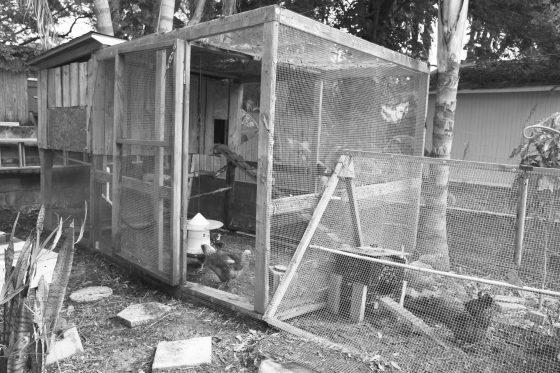
If you’re interested in using hydrated lime to whiten your coop, you can buy First Saturday Lime. This product is safe for animals and the environment, and it’s available at Wal-Mart and Home Depot. Using First Saturday Lime can help improve the air quality of your coop. In addition to being safe for chickens, it is safe for other animals and the environment as well.
Using garden lime to repel ants
If you’ve ever wondered if you can use garden lime to repel ants in a poultry coop, you can. This organic substance neutralizes pH levels and bad odors. It also has strong disinfectant properties. It can be used in chicken coops, but make sure you use only a little bit. Then, cover the area with fresh bedding and let your chickens back into the coop.
Using garden lime is a natural way to repel unwanted insects and limit the growth of bacteria in your coop. You should be careful when using this product because too much can harm your chickens. Apply it in the bottom layer of the coop, ideally on gravel, dirt, or sand. Garden lime will also deter spiders and other insects. Make sure to use it sparingly, and consult with a veterinarian if you’re unsure of what dosage to apply.
If you don’t want to use garden lime, you can sprinkle dried peppermint, rock dust, seaweed powder, or alfalfa meal around the base of plants. To treat other insects in the garden, you can sprinkle diatomaceous earth around your plants. Biochar and bone meal are excellent garden fertilizers, but they are also natural repellents for ants. Using garden lime to repel ants in a chicken coop will also help your chickens and your garden soil.
There are two types of garden lime: hydrated lime and barn-lime. Barn lime is a safe product for organic situations, because it contains calcium carbonate. Although the former is better for poultry and pigs, it contains a lot of impurities, which weakens its ability to repel ants. Barn lime is cheaper and has the same active ingredient. However, it is heavier to ship.
Using garden lime to control mites
You can use garden lime as a natural pesticide in your chicken coop. It is not toxic and it also helps keep the coop clean. Moreover, lime is an effective insect repellent. It deters ants, fleas, ticks, mites, aphids, and small hive beetles. You can also rub a lime marinade on chicken before roasting. The lime juices will sweat on the surface, making your chicken juicy.
Garden lime, also known as agricultural lime, is another great way to keep mites at bay. It can reduce odors and moisture in your coop and keep your flock healthy and happy. The best time to use garden lime is early spring or early fall. It is an effective fertilizer for various vegetable crops. Tomatoes, squash, asparagus, peas, garlic, onions, lettuce, cantaloupe, and soybeans are among those that enjoy lime’s benefits.
If you’d like to use lime as a pesticide, you can purchase agricultural lime or burnt lime. You can sprinkle this product on your chickens’ runs and nests. Before you do this, make sure to wear gloves and protective gear, as lime dust is corrosive and may irritate your skin. It’s important to remember that lime dust may cause severe burns to your eyes and mucous membrane. Therefore, it is recommended to always wear personal protective equipment when applying lime to your chicken coop.
Agricultural lime is a common pesticide for chicken coops. It’s a natural product made from limestone, calcium carbonate, and other mineral sources. It is safe for chickens and other animals, and it is effective in controlling mites and moss. It costs about $3.50 per 50-pound bag and is a good choice for poultry homes. It can help control mites while providing healthy eggs for your chickens.
Using hydrated lime to reduce moisture level
Using hydrated lime to reduce moisture levels in chicken coops can have several beneficial effects. The lime is a great dust bath for chickens, and it is safe for chickens and humans. It will also control the growth of moss and algae in water pans. In addition to being an excellent dust bath, lime will also reduce the smell of chicken coops. First Saturday Lime recommends applying lime to chicken coops once a month.
Lime is a water-soluble substance, so you can sprinkle it around the coop and chickens as needed. You can use a small scoop to sprinkle the lime. Make sure you wear gloves when handling the lime. Once you’ve finished applying the lime, you can cover the area with regular bedding. You should repeat the process every few weeks or when the moisture level in the coop becomes too high.
Agricultural lime is a calcium carbonate product that is not harmful to chickens or the environment. It is a common practice in barns to control odors in chicken houses. Its high pH level makes it a safe choice for chicken houses. This product costs about $3.50 per 50-pound bag and is safe for use around animals. You can buy agricultural lime at most farm stores.
Garden lime can also be used in chicken coops. It can help to prevent flies from living in the chicken coop, as it has antibacterial properties. In addition to preventing moss from growing in water pans, it also repels unwanted pests and bacteria. When used sparingly, it’s a safe and effective solution to moisture problems in chicken coops.

